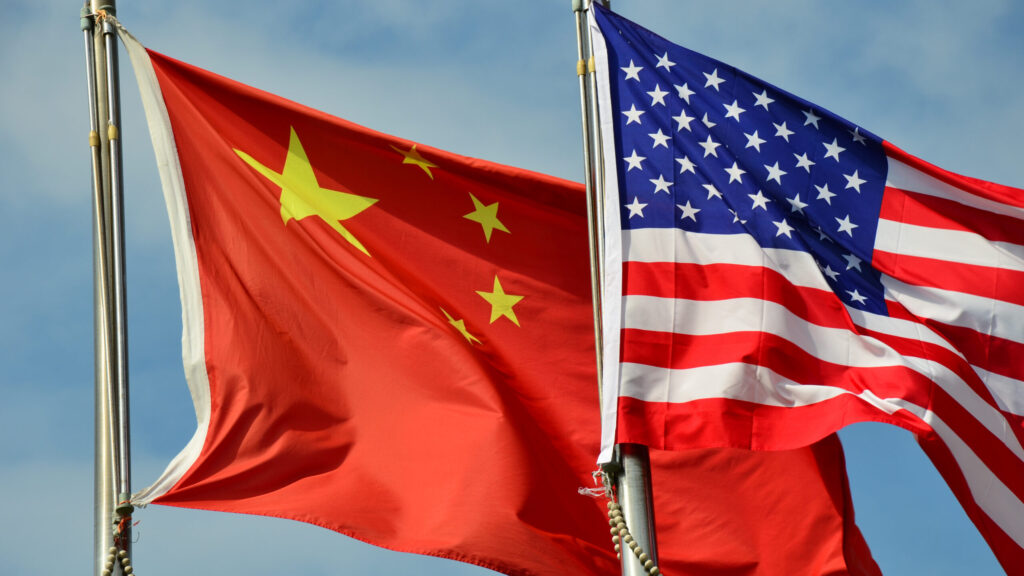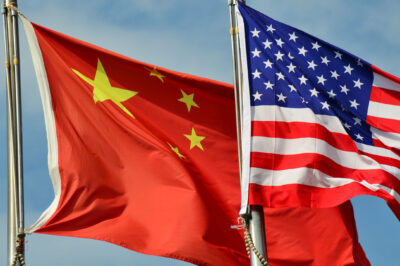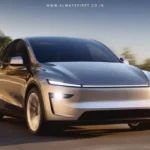
As history unfolds, the anticipated moment when China will surpass the United States to reclaim its position as the world’s leading economic power draws closer. The question of “when” remains, marked by various milestones and debates over the appropriate metrics for comparison. In 2014, China’s GDP, measured in terms of purchasing power parity (PPP), eclipsed that of the US, offering a glimpse of the shifting economic balance. PPP, a metric that compares the relative purchasing power of different countries by evaluating a basket of goods and services, sidesteps the distortions of fluctuating exchange rates to provide a more nuanced view of economic might.
However, the global economy operates largely in terms of nominal GDP, calculated in dollars, which directly reflects an economy’s size and influence on the international stage. By this measure, the US has maintained its lead, bolstered by its advanced technological landscape and the strategic advantage of being the world’s top oil and gas producer, enjoying access to low-cost energy.
China’s journey has not been without its challenges. The country faced significant setbacks due to the COVID-19 pandemic and a subsequent real estate market crisis, leading to high youth unemployment, cautious household spending, and deflationary pressures. Despite these hurdles, China continues to make significant strides, particularly in the electric vehicle market, demonstrating its resilience and innovative capacity. In 2023, the Chinese economy witnessed a growth rate of 5.2%, with its GDP projected by the International Monetary Fund to reach around $18,560 billion by year-end.
The US, on the other hand, has navigated through inflationary challenges to secure a growth rate of 2.5% in 2023, with its GDP reaching $27,970 billion. This growth, albeit modest compared to China’s past double-digit expansions, underscores the dynamism and robustness of the American economy.
As the global economic landscape evolves, the competition between China and the US extends beyond mere numbers. It encompasses technological innovation, energy strategies, and the capacity to navigate and adapt to global challenges. While China aims to close the gap and eventually lead, the US continues to leverage its technological edge and economic resilience. The race for economic supremacy is not merely about overtaking; it’s about sustaining growth, innovation, and influence in an increasingly interconnected world.






































Leave a Reply